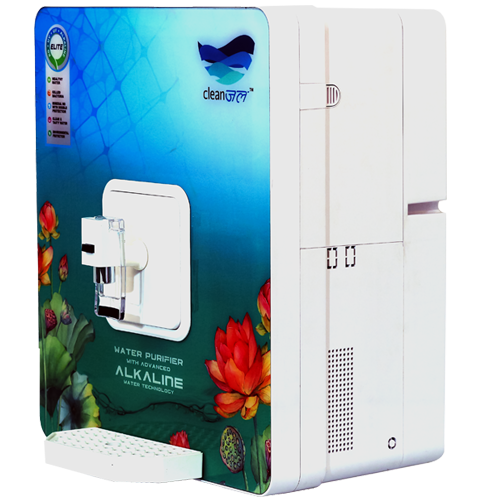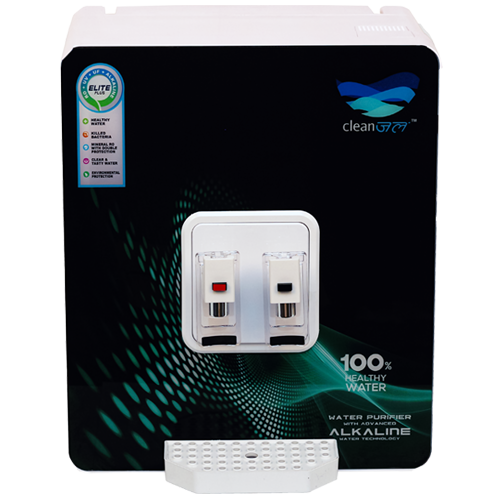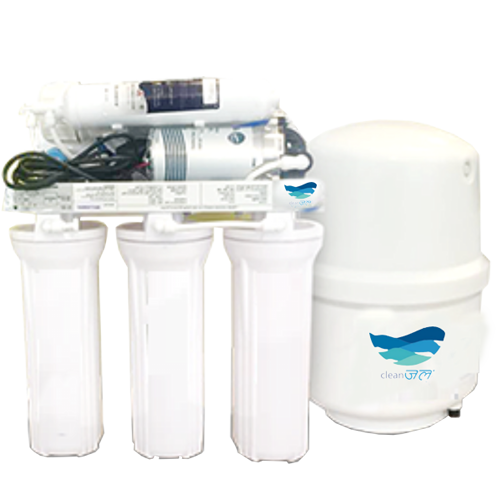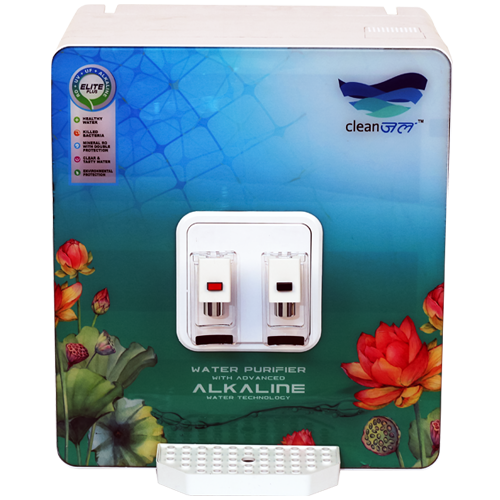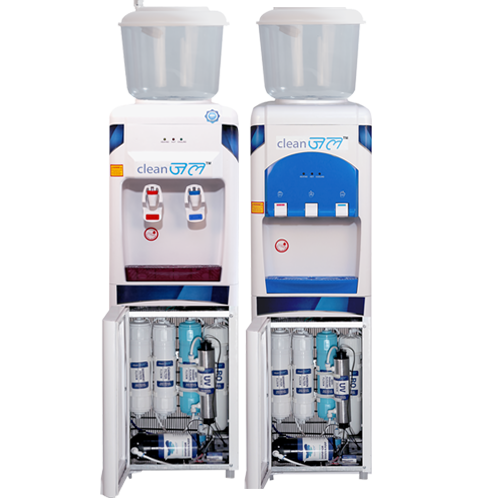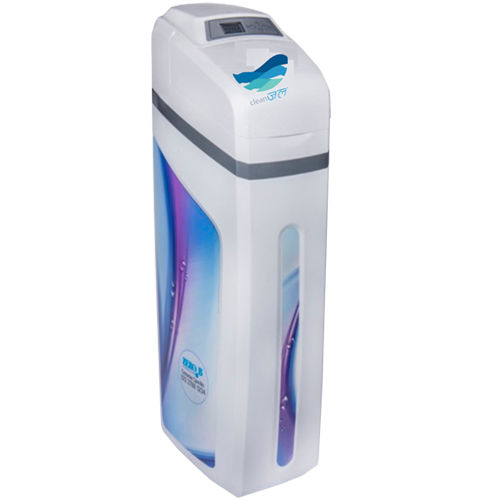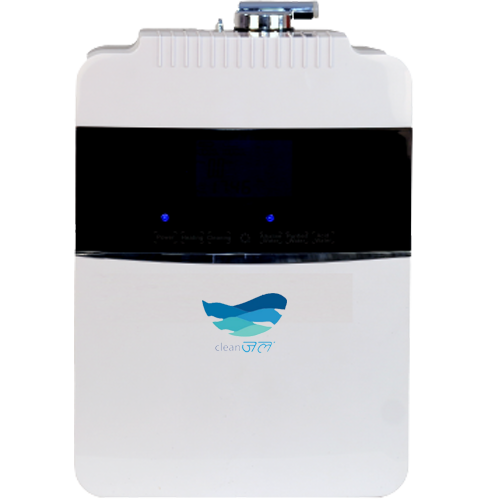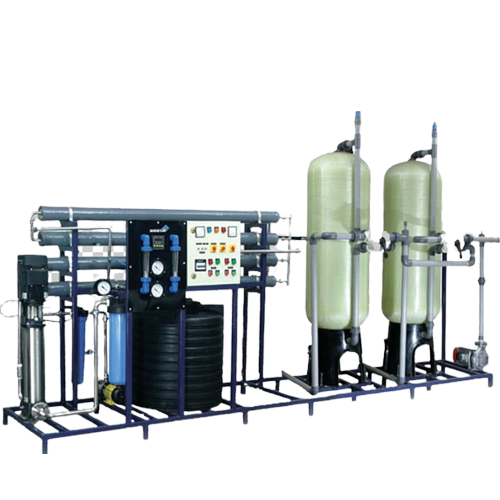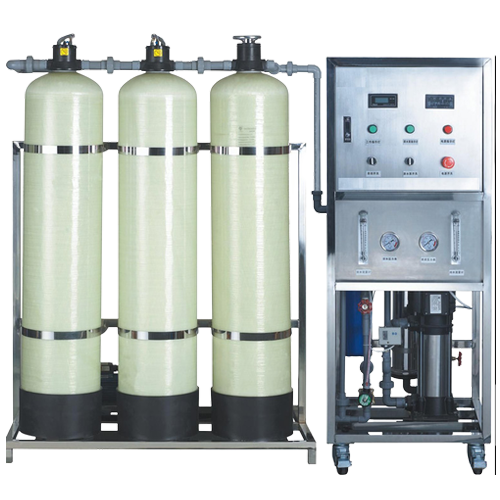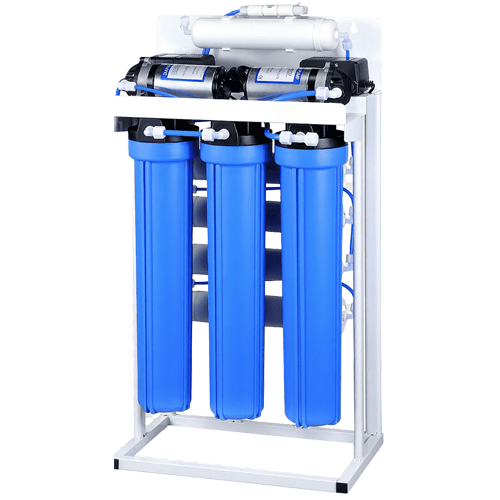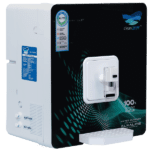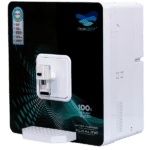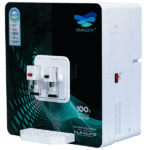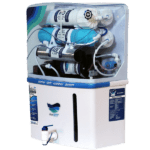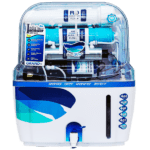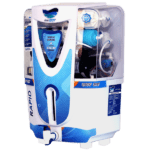Undersink water pollutants are a popular choice for homeowners who want to ameliorate the quality of their valve water. These pollutants are installed directly under the Gomorrah and use a series of filtration media to remove contaminations and pollutants from the water. In this composition, we will explore how under-sink water pollutants work and the benefits of using one in your home.
Filtration Process
The filtration process of under-sink water pollutants generally involves multiple stages, each of which removes a specific type of contamination from the water. The most common types of filtration media used in these pollutants include actuated carbon, deposition pollutants, and rear osmosis membranes.
The first stage of the filtration process generally involves the deposition of sludge. This sludge removes larger patches from the water, similar to dirt, beach, and rust, that can be present in your valve water. This stage is essential for guarding the other pollutants in the system, as deposition can clog the lower pores in the carbon and rear osmosis pollutants.
The alternate stage of the filtration process generally involves an activated carbon sludge. This sludge uses actuated carbon, which is a form of carbon that has been treated with oxygen to make it more precious, to remove chlorine, fungicides, dressings, and other chemicals from the water. The previous structure of actuated carbon provides a large face area for the chemicals to cleave to, effectively removing them from the water.
The final stage of the filtration process is frequently a rear osmosis membrane. This membrane uses pressure to force the water through a semipermeable membrane, which removes dissolved minerals, heavy essence, and other pollutants from the water. Rear osmosis is one of the most effective styles of water filtration and can remove up to 99 of contaminations from the water.
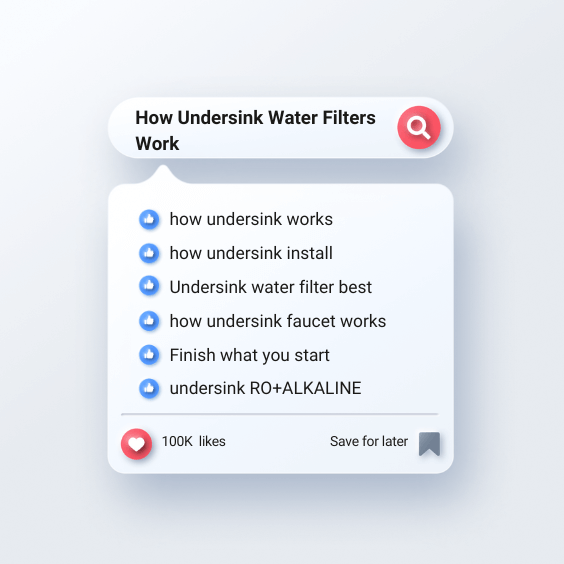

Benefits of Undersink Water Pollutants
There are several benefits to using an under-sink water sludge in your home. These include
Advanced Taste and Odor– One of the most conspicuous benefits of using an under-sink water sludge is the bettered taste and odor of your valve water. By removing chlorine, chemicals, and other contaminations, the water tastes and smells better, making it more pleasurable to drink.
Healthier Water– Undersink water pollutants can remove a wide range of contaminants from your valve water, including heavy essence, bacteria, and contagions. This makes the water safer and healthier to drink, reducing the threat of waterborne ails and other health issues.
Reduced Environmental Impact– By using an under-sink water sludge, you can reduce your environmental impact by reducing the quantum of bottled water you consume. Bottled water creates a significant quantum of waste, and numerous plastic bottles end up in tips or abysses.
Cost Savings– Over time, using an under-sink water sludge can save you, plutocrats, compared to buying bottled water. While the original cost of the sludge may be advanced, you’ll save plutocrats in the long run by not having to buy bottled water.
Ease of Use– Undersink water pollutants are easy to install and maintain. formerly installed, the pollutants generally only need to be replaced formerly or doubly a time, depending on the operation.
Conclusion
Undersink water pollutants are an excellent choice for homeowners who want to ameliorate the quality of their valve water. These pollutants use multiple stages of filtration media to remove contaminations and pollutants from the water, performing in better-tasting and healthier water. Using an under-sink water sludge can also reduce your environmental impact, save you plutocrats, and be easy to use and maintain. However, consider installing an under-sink water sludge in your home, If you’re concerned about the quality of your valve water.


